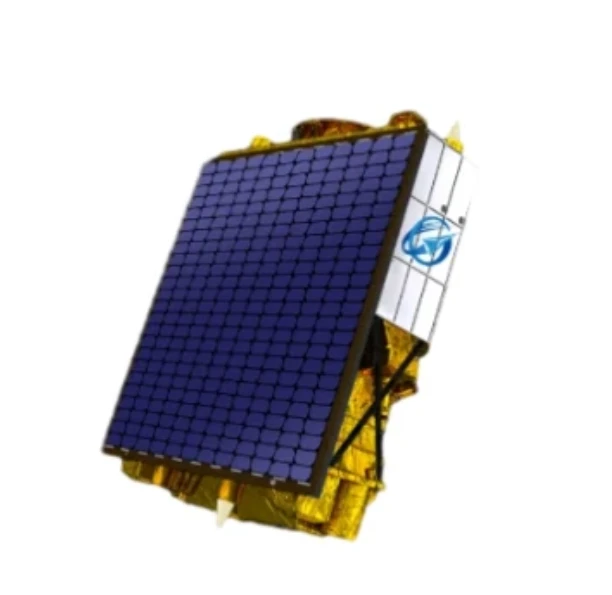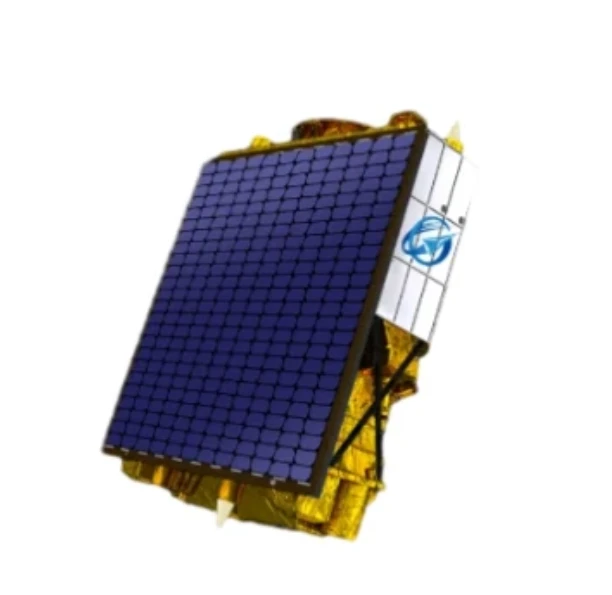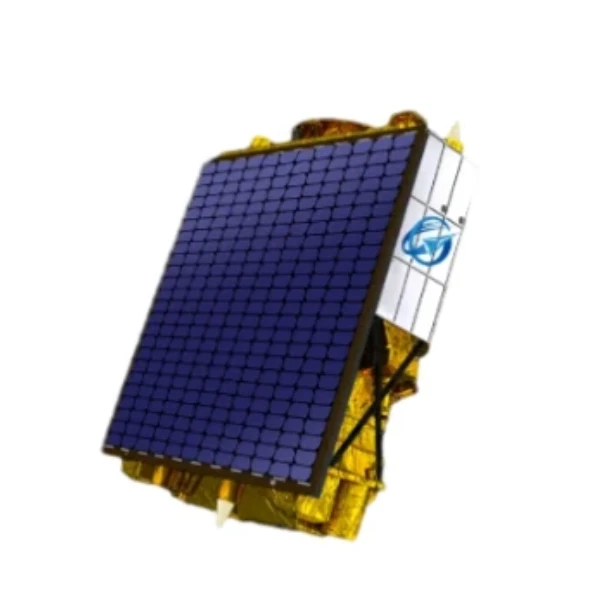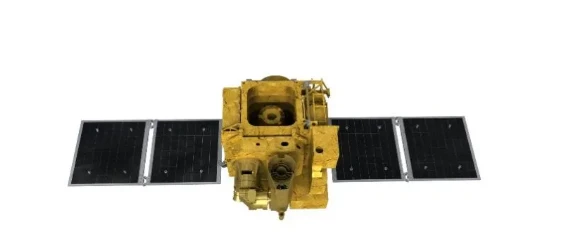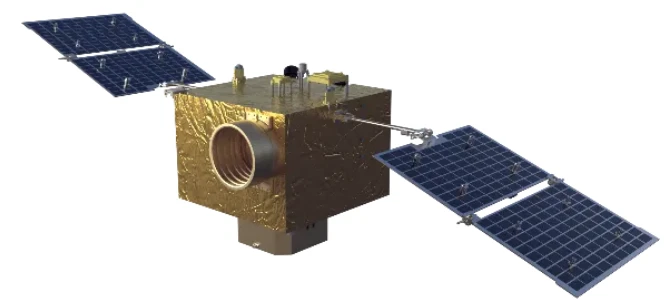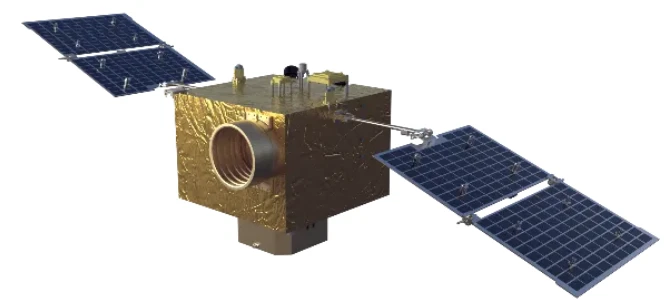
- Mwafrika
- Kialbeni
- Kiamhari
- Kiarabu
- Kiarmenia
- Kiazabajani
- Kibasque
- Kibelarusi
- Kibengali
- Kibosnia
- Kibulgaria
- Kikatalani
- Cebuano
- China
- Kikosikani
- Kikroeshia
- Kicheki
- Kideni
- Kiholanzi
- Kiingereza
- Kiesperanto
- Kiestonia
- Kifini
- Kifaransa
- Kifrisia
- Kigalisia
- Kijojiajia
- Kijerumani
- Kigiriki
- Kigujarati
- Krioli ya Haiti
- Kihausa
- Kihawai
- Kiebrania
- Hapana
- Miao
- Kihungaria
- Kiaislandi
- igbo
- Kiindonesia
- irish
- Kiitaliano
- Kijapani
- Kijava
- Kikanada
- kazakh
- Khmer
- Mnyarwanda
- Kikorea
- Kikurdi
- Kirigizi
- Kazi
- Kilatini
- Kilatvia
- Kilithuania
- Kilasembagi
- Kimasedonia
- Kimalagasi
- Kimalei
- Kimalayalam
- Kimalta
- Kimaori
- Marathi
- Kimongolia
- Myanmar
- Kinepali
- Kinorwe
- Kinorwe
- Oksitani
- Kipashto
- Kiajemi
- Kipolandi
- Kireno
- Kipunjabi
- Kiromania
- Kirusi
- Kisamoa
- Kigaeli cha Kiskoti
- Kiserbia
- Kiingereza
- Kishona
- Kisindhi
- Kisinhala
- Kislovakia
- Kislovenia
- Msomali
- Kihispania
- Kisunda
- kiswahili
- Kiswidi
- Kitagalogi
- Tajiki
- Kitamil
- Kitatari
- Kitelugu
- Thai
- Kituruki
- Waturukimeni
- Kiukreni
- Kiurdu
- Uighur
- Kiuzbeki
- Kivietinamu
- Kiwelisi
- Msaada
- Kiyidi
- Kiyoruba
- Kizulu
Innovations In Satellite Platform Design For Remote Sensing Applications
In the modern space industry, the development and evolution of the jukwaa la satelaiti have become essential to achieving accurate and efficient remote sensing missions. A jukwaa la satelaiti serves as the structural and functional foundation upon which various instruments and sensors operate. Whether used for Earth observation, environmental monitoring, or scientific exploration, satellite platforms in remote sensing are tailored to support the needs of diverse applications. With increasing demands for miniaturization, affordability, and high performance, new models like the cubesat platform are transforming the way we gather and utilize data from space.
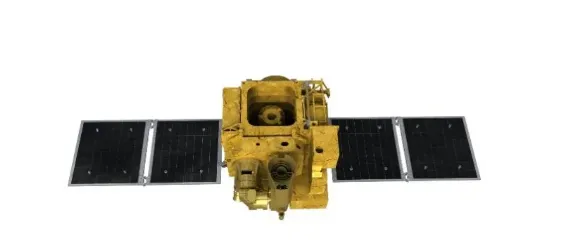
The Role Of Satellite Platforms In Remote Sensing
The importance of satellite platforms in remote sensing cannot be overstated. These platforms provide the necessary support systems—such as power supply, communication, thermal control, and attitude adjustment—that enable scientific payloads to function accurately. A well-designed satellite platform in remote sensing ensures that onboard sensors remain stable, calibrated, and operational in the harsh conditions of space. This reliability is critical when collecting spectral, thermal, or radar data to monitor land use, climate change, vegetation health, and atmospheric phenomena. Through continued innovation, satellite platforms in remote sensing are becoming more compact, agile, and cost-effective.
Cubesat Platforms: Compact, Capable, And Cost-Efficient
One of the most significant advancements in satellite engineering is the rise of the cubesat platform. These miniaturized satellites, often built in standardized 1U, 3U, or 6U form factors, allow universities, startups, and even developing nations to access space more affordably. Despite their small size, the cubesat platform supports high-quality imaging, data transmission, and even constellation deployment for continuous coverage. In remote sensing missions, a cubesat platform can carry compact sensors that gather multispectral, hyperspectral, or radar data. The rapid deployment and scalability of these satellites make them ideal for monitoring agriculture, natural disasters, and infrastructure on a global scale.
Platform Satellites Driving Technological Synergy
The term platform satellite refers to a complete satellite system that acts as a versatile base for integrating different payloads. These platforms can be adapted for various missions, from climate studies to maritime surveillance. A platform satellite typically features modular components, allowing for rapid reconfiguration and cost savings in both manufacturing and launch. In constellations, multiple platform satellites can work together to provide real-time, high-resolution coverage of Earth’s surface. This modularity and interoperability are what make the modern jukwaa la satelaiti such a powerful asset in today’s remote sensing ecosystem.
As the demand for accurate Earth observation grows, the engineering behind each jukwaa la satelaiti becomes increasingly critical. From large geostationary platforms to agile cubesat platforms, these structures support the cutting-edge technologies that allow us to see and understand our world from above. With innovations in materials, propulsion, and onboard processing, the next generation of satellite platforms in remote sensing promises even more capabilities and cost efficiencies. Whether you're deploying a single platform satellite or an entire constellation, the design of the jukwaa la satelaiti is what ultimately determines mission success in space-based remote sensing.






